By Christopher Miskimon
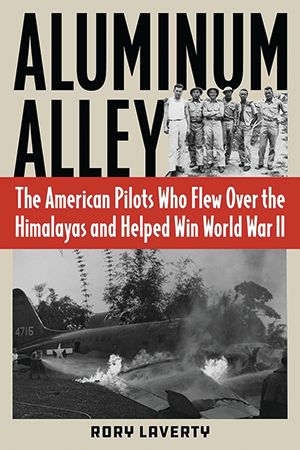 The United States carried out the world’s first long-range airlift for 42 months to keep Nationalist China in the war. Over a million Japanese troops were tied down in China, occupying the territory they seized in the 1930s and fighting China’s disparate military forces. Every enemy soldier remaining in China was one less to fight the other Allies in Southeast Asia and the Pacific. Flying over the Himalaya Mountains, known as the “Hump,” U.S. pilots ferried fuel, food, ammunition, and other critical cargo from Assam, India, to southern China. They flew over thick jungles and towering mountains which threatened to appear out of the icy mists, braving storms and Japanese air attacks along the way. Flying conditions were so harsh that one-third of the airmen who flew the Hump were lost in the effort.
The United States carried out the world’s first long-range airlift for 42 months to keep Nationalist China in the war. Over a million Japanese troops were tied down in China, occupying the territory they seized in the 1930s and fighting China’s disparate military forces. Every enemy soldier remaining in China was one less to fight the other Allies in Southeast Asia and the Pacific. Flying over the Himalaya Mountains, known as the “Hump,” U.S. pilots ferried fuel, food, ammunition, and other critical cargo from Assam, India, to southern China. They flew over thick jungles and towering mountains which threatened to appear out of the icy mists, braving storms and Japanese air attacks along the way. Flying conditions were so harsh that one-third of the airmen who flew the Hump were lost in the effort.
The aircrew who flew the Himalayas remain among the lesser-known heroes of the war. They flew in a theater of the war most Americans know little if anything about. The author effectively relays the military situation through the pilots’ own words and flight logs, but also discusses the war situation in China and how the airlift influenced it.
Aluminum Alley: The American Pilots Who Flew Over the Himalayas and Helped Win World War II (Rory Laverty, Stackpole Books, Essex, CT, 2023, 268 pp., maps, photographs, bibliography, $29.95, hardcover)
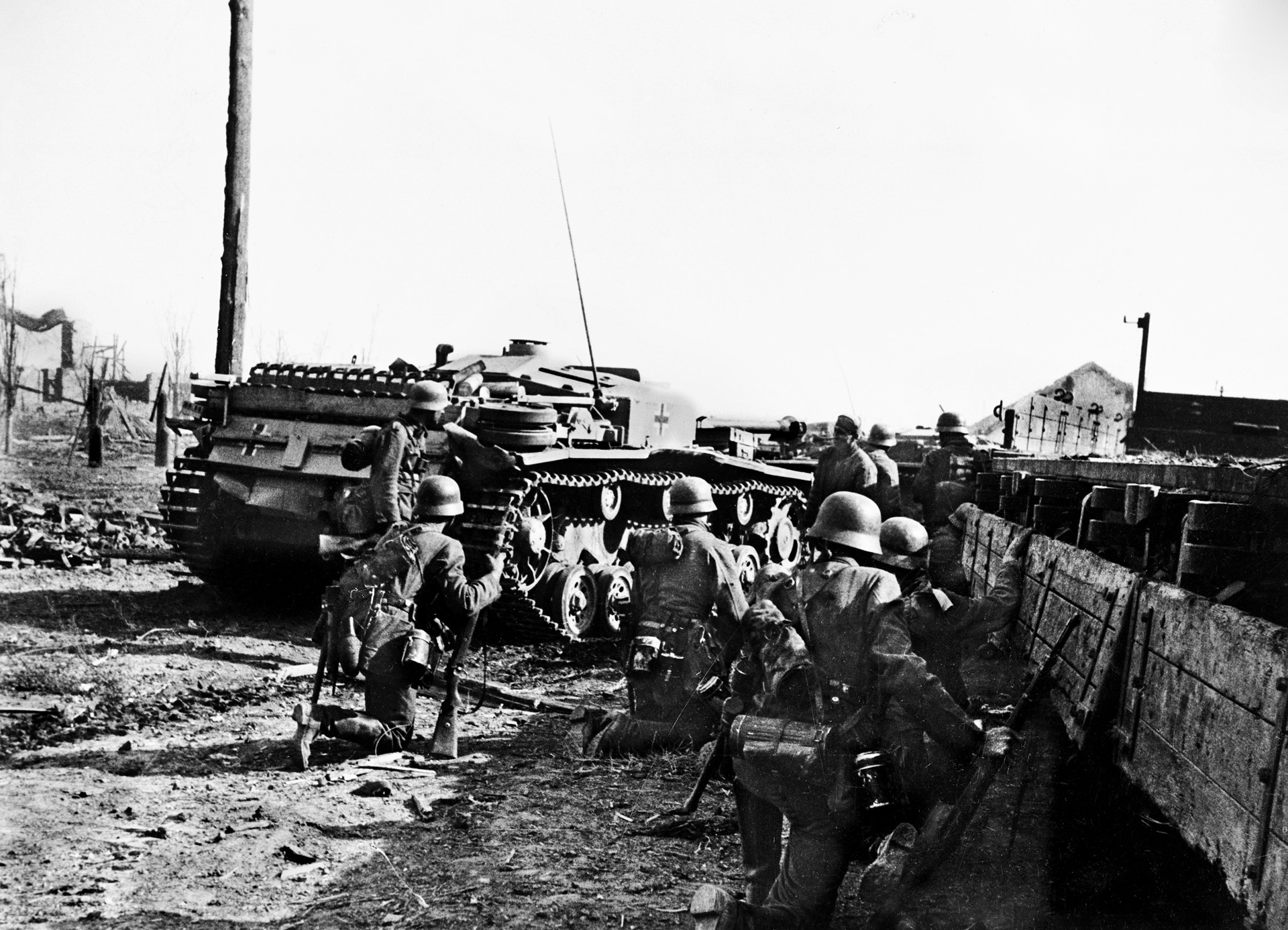
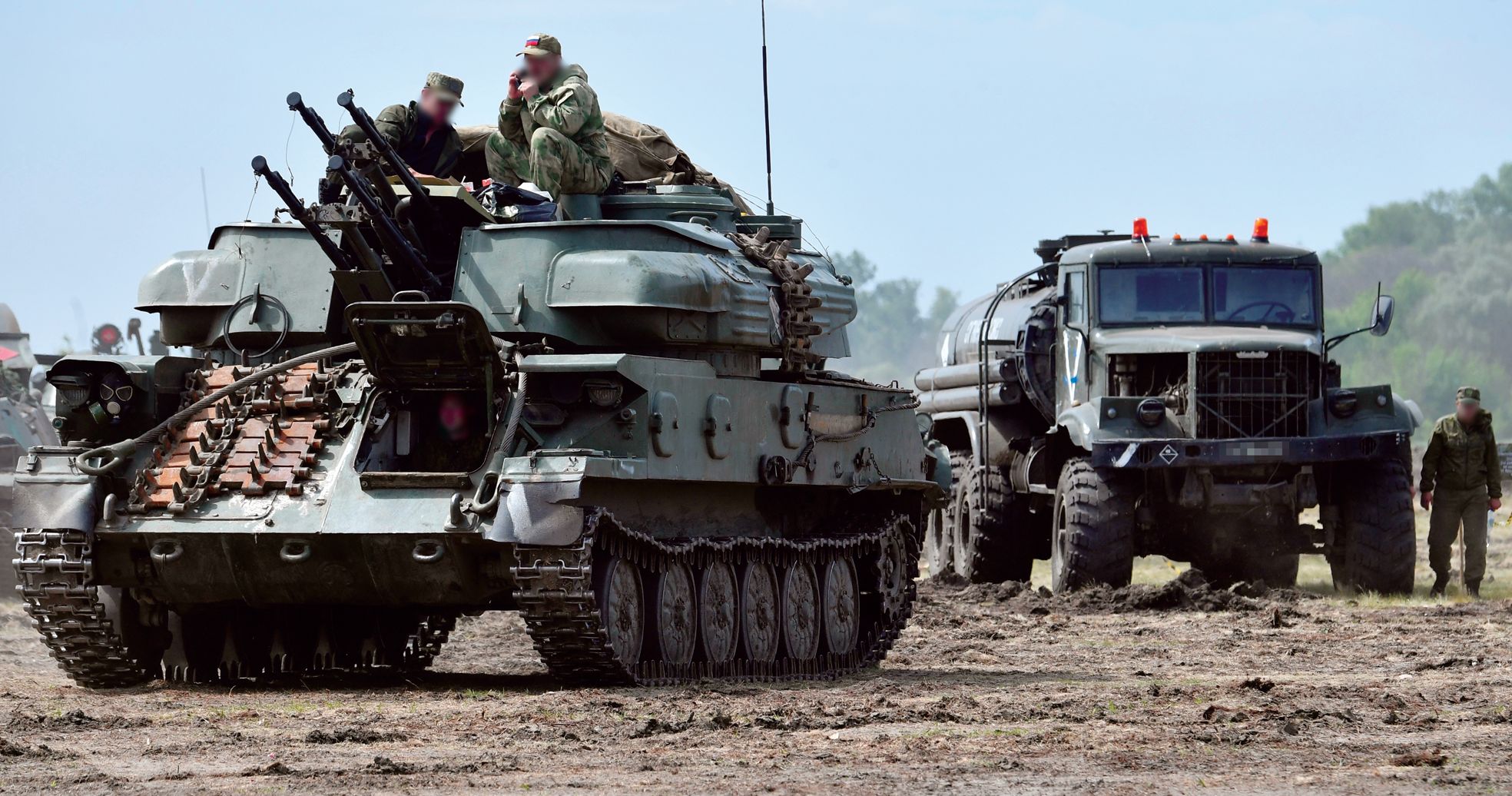
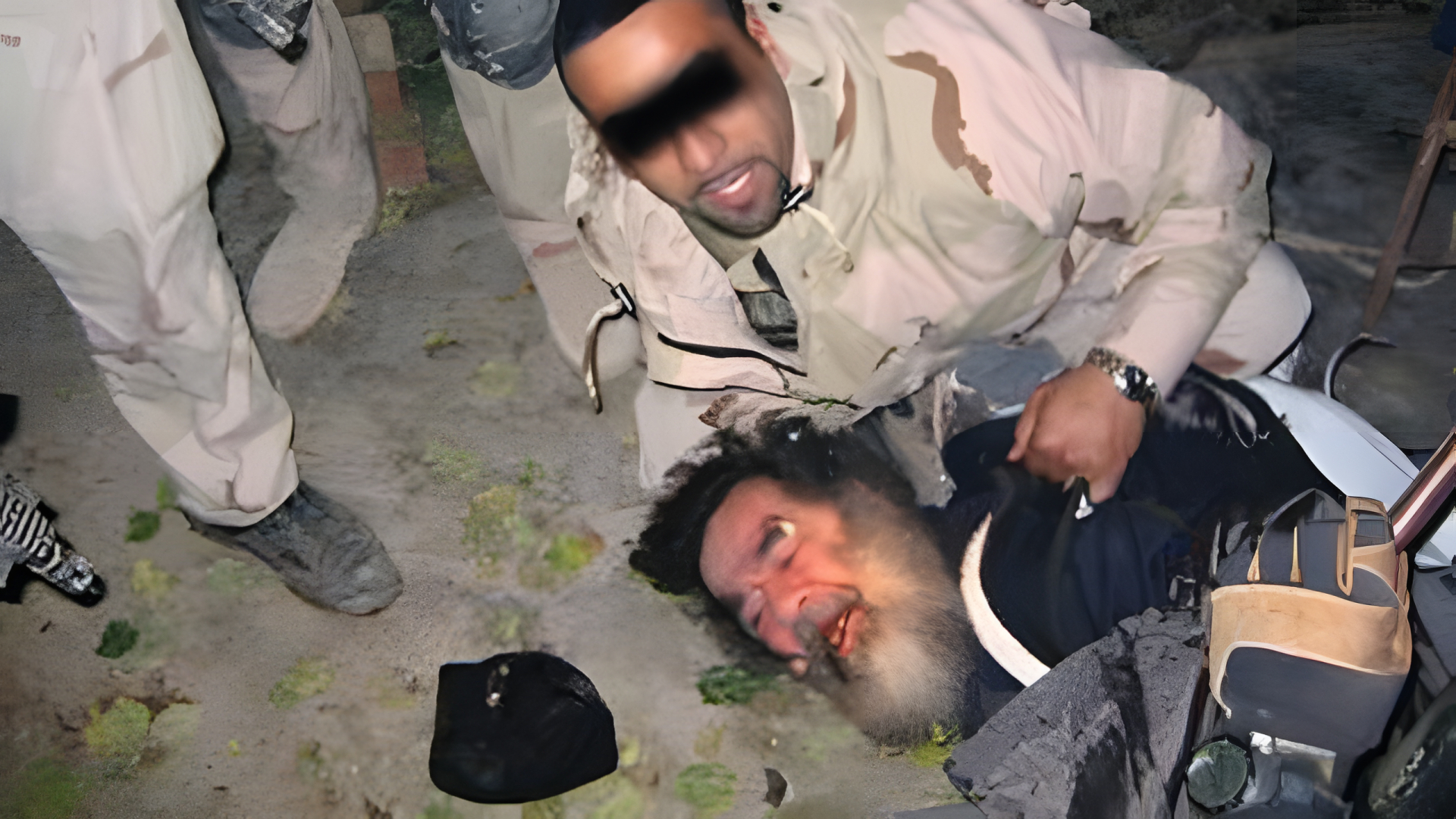
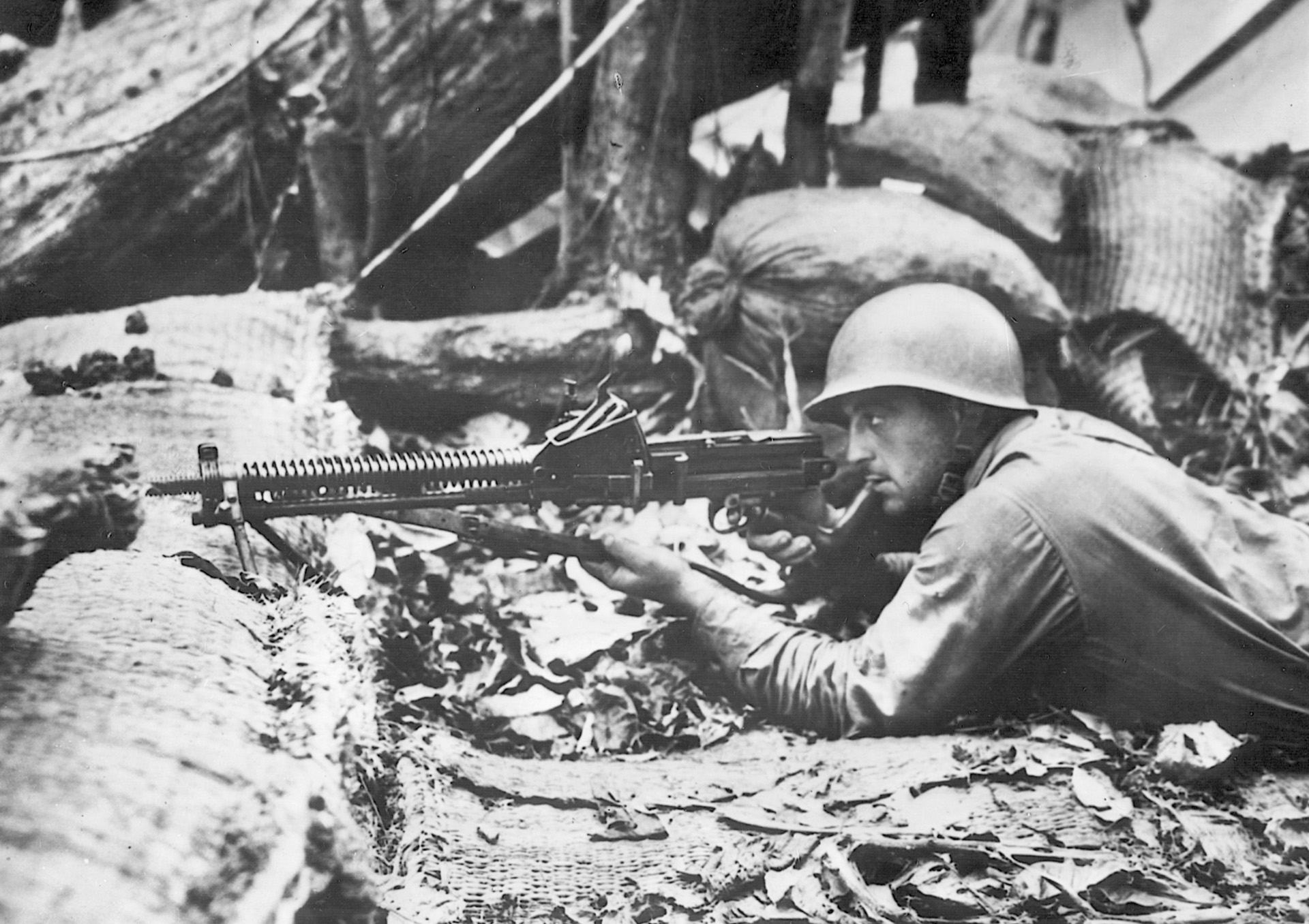
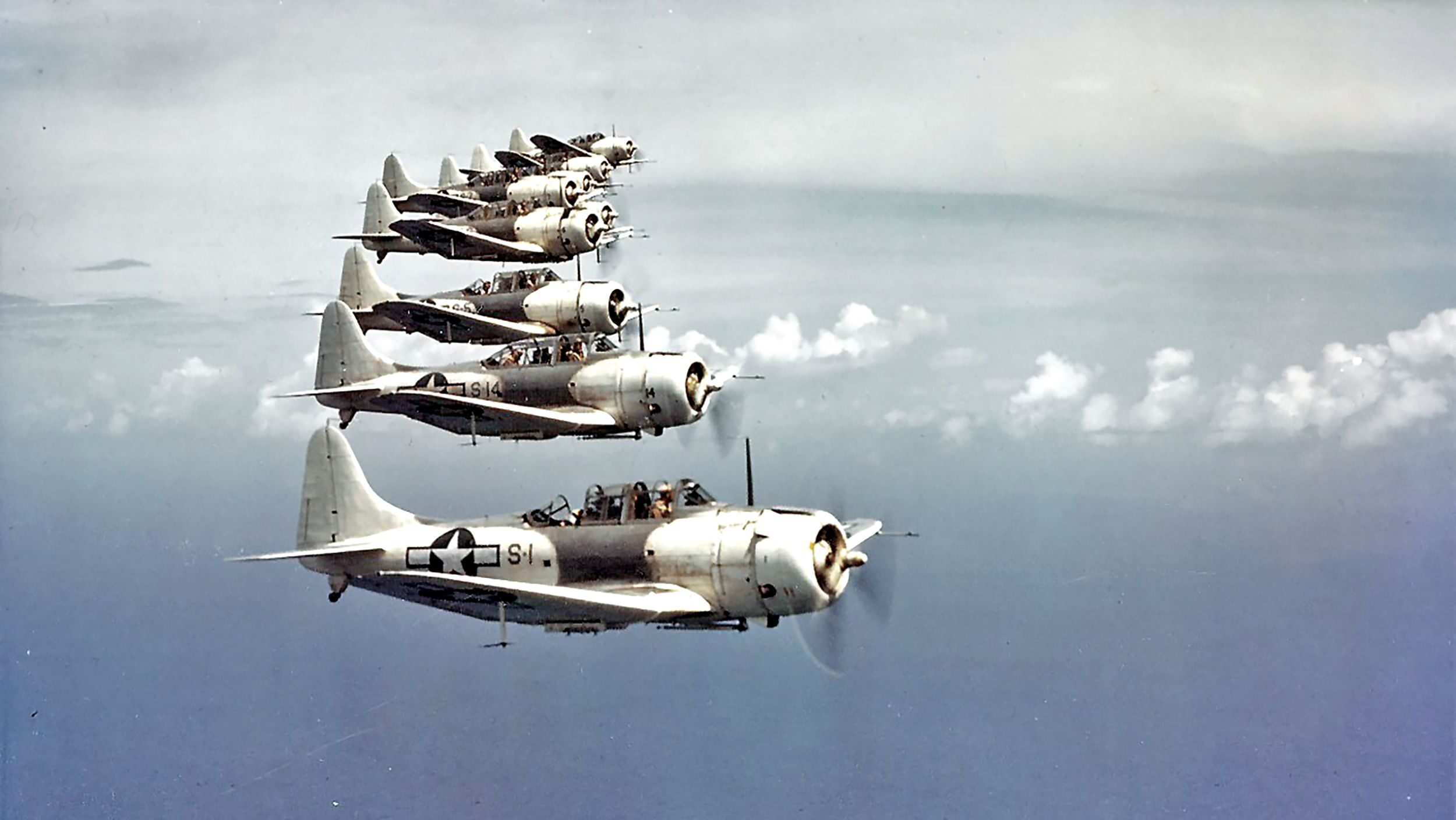
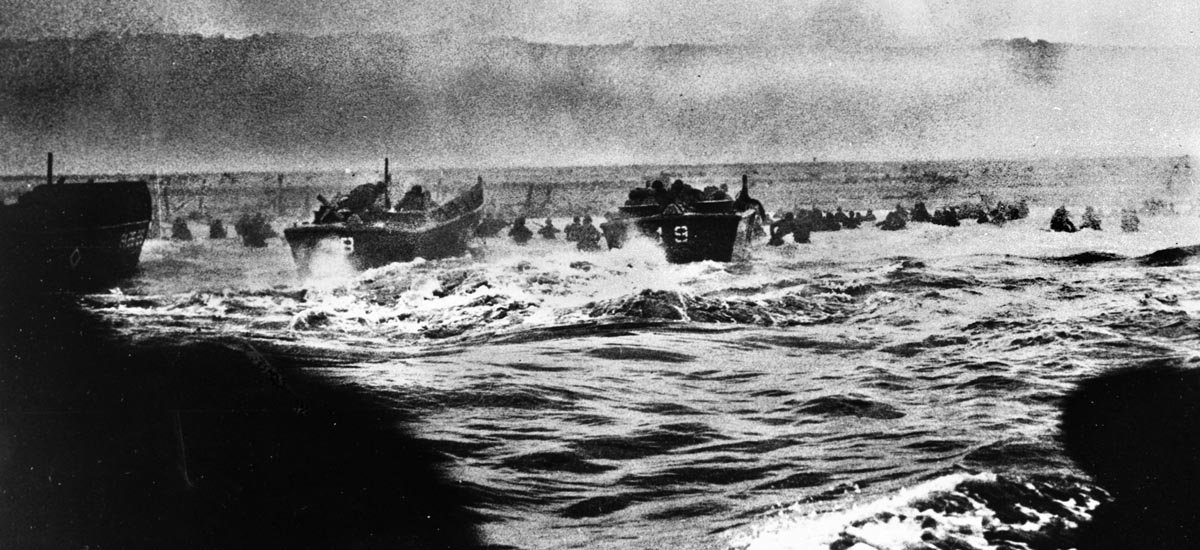

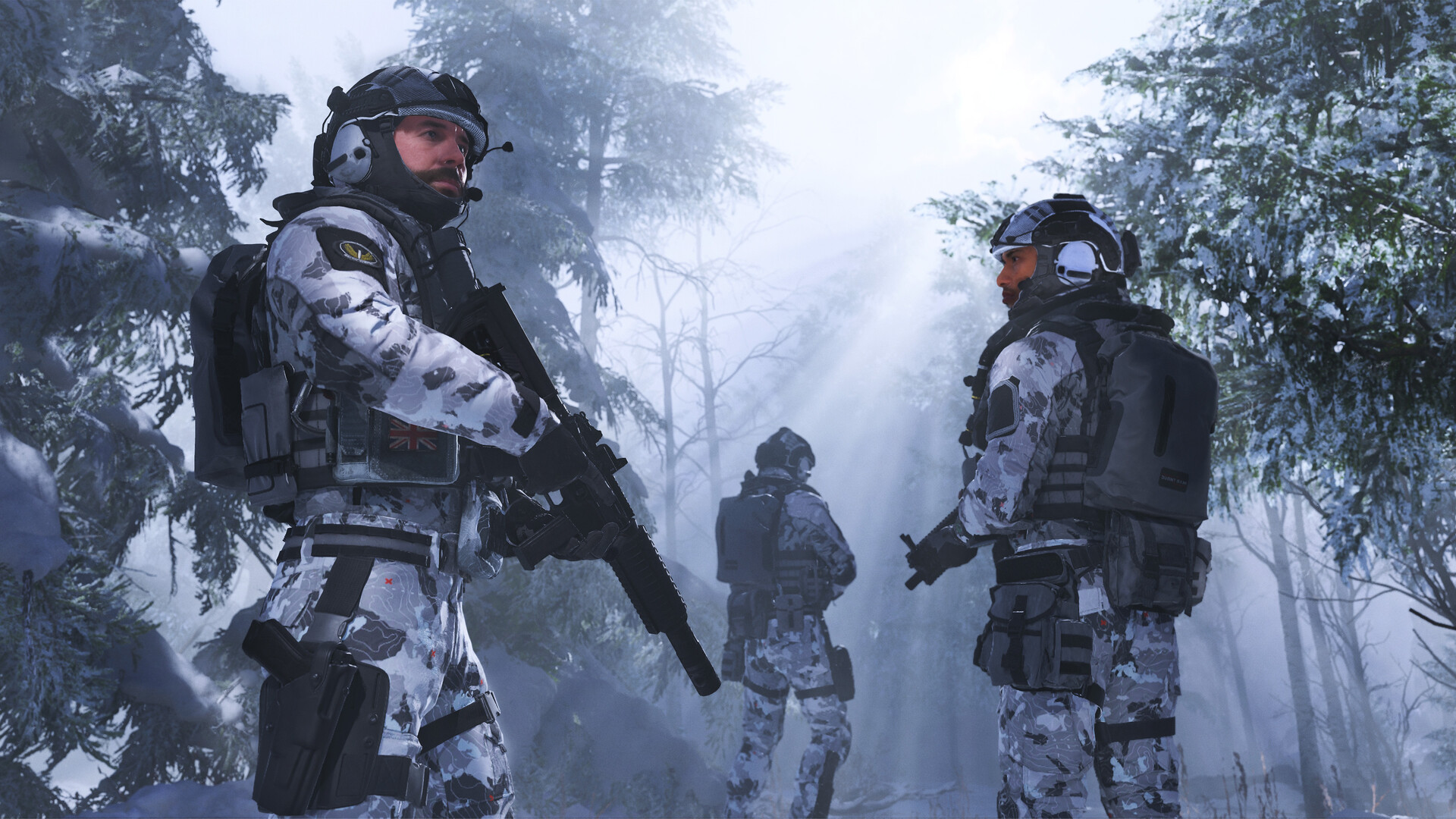
Join The Conversation
Comments
View All Comments